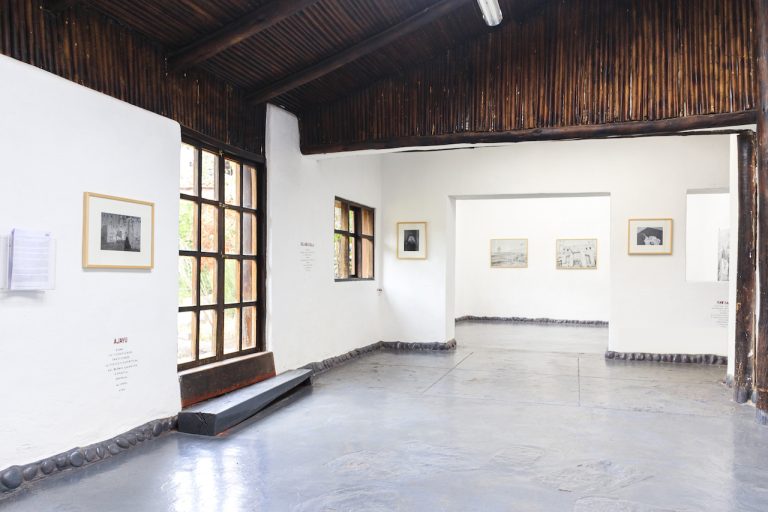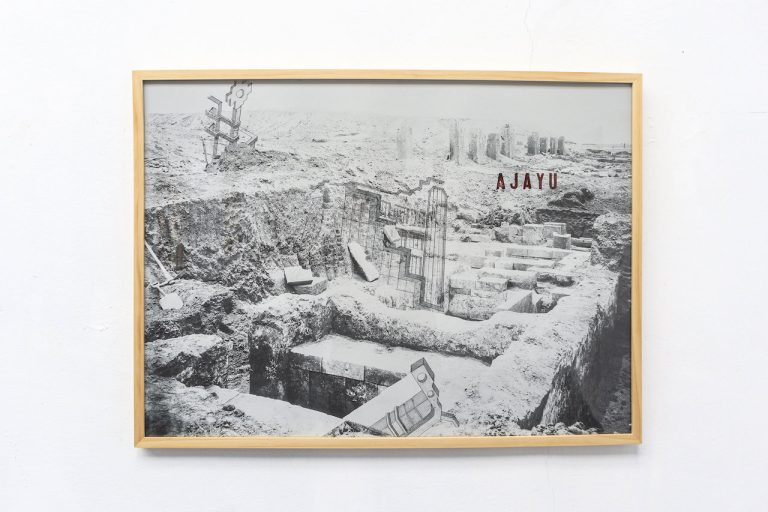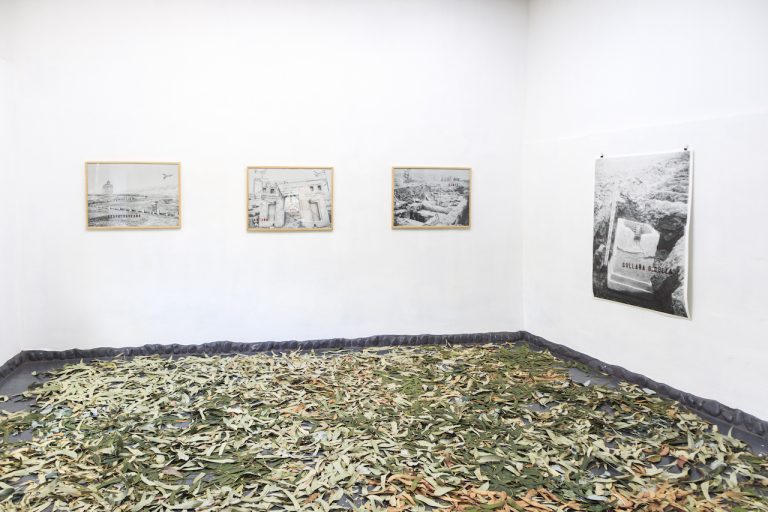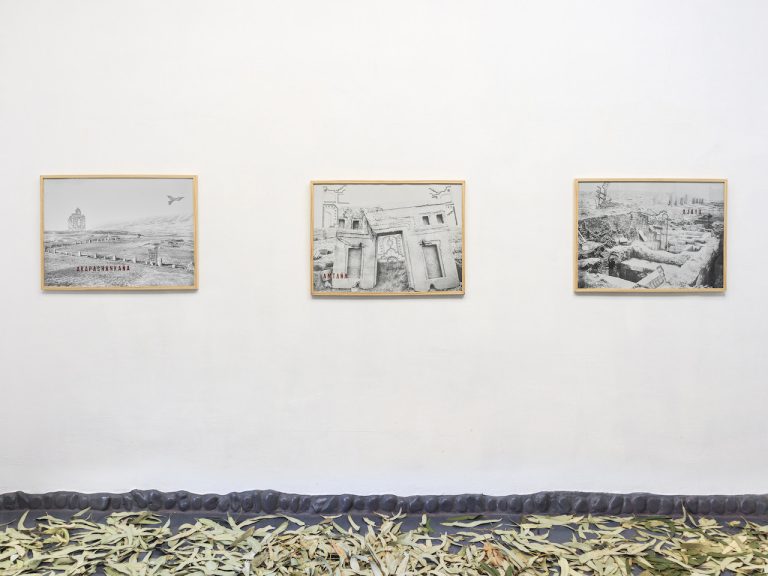Exhibitions
Nicolas Janowski: “Espíritu de las Casas”
Reception: September 23rd, 6 - 9 pm
_VIGILGONZALES Sacred Valley - Jr Grau 654, Urubamba
Curatorial Text by Juan Fabbri (La Paz, Bolivia)
Interferences of ajayus: photographic collaboration between Nicolás Janowski and Freddy Mamani. The collaborative project “Espíritu de las casas” by Nicolás Janowski (Argentina) and Freddy Mamani (Bolivia) is currently being exhibited at Vigil Gonzáles Gallery, located in Urubamba, Cusco (Peru). For the conception of this exhibition project, both artists agreed to meet in Bolivia, particularly in the city of El Alto, in 2019. This meeting happened days before the political crisis in the country, so it was a fragile possible confluence. The result is a work where we see how both gazes intertwine.
Nicolás Janowski is an artist who brings together several interests that allow him to rethink current interdisciplinary practices, paths that do not seem to follow the traditional ones and, rather, explore the vertigo of creation. His processes move between the universes of photography, curatorship, and anthropology. Freddy Mamani is an essential reference in the emergence of neo-Andean architecture in Bolivia. In recent years, he has become the most representative authorial figure of the buildings implemented mainly in the city of El Alto, known as “cholets”. It is part of an architectural proposal that is also the materialization of the political, aesthetic, economic, and cultural strength of the urban indigenous Aymara population.
The exhibition “Spirit of the Houses” contains two lines of work. The first is a reinterpretation and appropriation of archival images of the French expedition to Tiwanaku in the first decade of the 20th century. We find a series of historical photographs of the archaeological work in the pre-Hispanic ruins. Faced with this archive, which is the testimony of the extraction of the cultural heritage of Tiwanaku to Europe, Janowski proposes to work on a rereading, for this, he manages a copy of the photographs from The Brooklyn Museum. He adjusts, retouches, and prints them on cotton prints and, as a curatorial practice, takes them to El Alto to work with Mamani. This gesture evokes the repatriation of stolen heritage.
Freddy Mamani intervenes in the documentary photographs with a series of drawings consisting of designs, plans and sketches of buildings that are part of the neo-Andean architecture in Bolivia. Buildings that sprout like seeds from archaeological ruins. Simultaneously, Janowski intervenes in the images by writing with his blood words in Aymara as a way of vindicating and strengthening the uses of the Aymara language in the present.
In the work, we can visualize the process of reconstruction and self-identification of the contemporary Aymara with Tiwanaku. It is there, that the works invite us to imagine the relationship and the mythical past and heritage between the architecture of the cholets and Tiwanaku. It is also an artistic exercise that consists of a historical reparation, which we could understand as a healing in the face of the colonial history suffered and resisted by the indigenous populations in the Andes. Reconstructing the Indigenous often forces us to reinvent or imagine the past and the connections with the present.
Finally, we end with a review of the second line proposed by the exhibition in Cusco, which consists of
a series of poetic interpretations of Andean ontology from Janowski’s gaze and aesthetics. Moving away from the positivist photography of the early twentieth century, he proposes a photography capable of generating multiple faces and deconstructed landscapes, temporalities that are crossed and confused, the past and the future interfere. These photos invite us to think that in an increasingly globalized world, where the indigenous voice and history are presented as evidence of difference, they become a possibility for change and transformation. In addition, the work allows us to dream of the possibility of a symmetrical encounter
between diverse people. Thus, creation becomes a possibility to respect, but at the same time celebrate cultural differences.
In the exhibition at _VIGILGONZALES we find ajayus (souls) that interfere with each other and continue creation in the midst of the pandemic.
Artists
Nicolas Janowski
Freddy Mamani




















